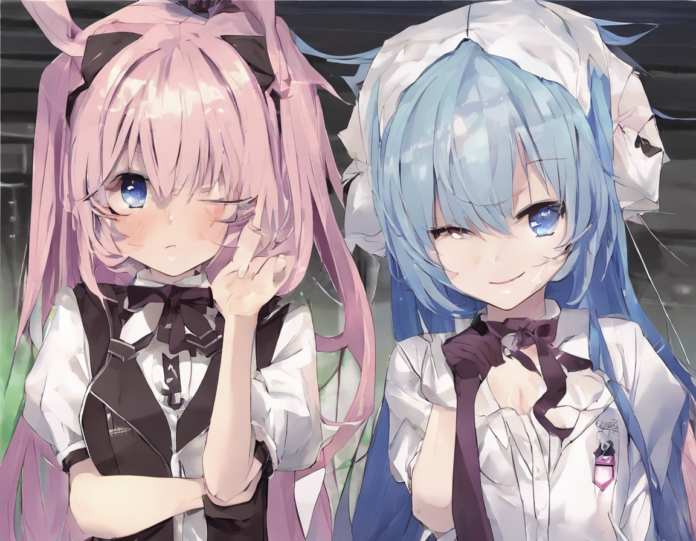Nepal vs Mongolia: A Battle of Cultures
When it comes to exploring the diversity of cultures around the world, Nepal and Mongolia stand out as two distinct and fascinating countries in Asia. Despite being geographically close, these nations showcase unique traditions, beliefs, and lifestyles that have evolved over centuries. Let’s delve into the contrasts and comparisons between Nepal and Mongolia to gain a deeper understanding of their cultural tapestries.
Geography and Landscape
Nepal, nestled in the embrace of the Himalayas, boasts breathtaking landscapes of towering mountains, lush valleys, and serene lakes. This small, landlocked country is renowned for Mount Everest, the highest peak in the world, and its rich biodiversity. In contrast, Mongolia is a vast expanse of rolling steppes, desert terrains, and panoramic grasslands, offering a starkly different topography characterized by wide-open spaces and nomadic traditions.
Language and Religion
Nepal is a melting pot of cultures and languages, with Nepali being the official language spoken by the majority. This diverse nation is also home to a myriad of dialects and ethnic languages. In terms of religion, Hinduism and Buddhism are the predominant faiths in Nepal, influencing its art, architecture, and festivals. On the other hand, Mongolia has Mongolian as its official language, with Buddhism being the primary religion practiced by its people, particularly the followers of Tibetan Buddhism.
Traditional Attire and Cuisine
The traditional attire of Nepal reflects its cultural richness, with the Daura-Suruwal for men and the elegant Gunyo Cholo for women being iconic garments. Nepali cuisine is a delightful blend of flavors, featuring dishes like dal bhat (lentils and rice), momos (dumplings), and sel roti (sweet rice bread). In stark contrast, Mongolian traditional clothing includes the del (robe) and deel (overcoat), which are well-suited for the harsh climate. The Mongolian diet consists of hearty dishes such as buuz (steamed dumplings), khorkhog (meat stew), and airag (fermented mare’s milk).
Festivals and Celebrations
Nepal is a land of vibrant festivals and celebrations, with events like Dashain, Tihar, and Holi being widely observed with enthusiasm and zeal. These festivals are marked by colorful rituals, music, dance, and feasting, bringing communities together in a spirit of joy and harmony. In Mongolia, traditional festivals like Naadam showcase the country’s nomadic heritage through competitions in wrestling, horse racing, and archery. These festivities offer a glimpse into the country’s cultural pride and resilience.
Arts and Crafts
Nepal is renowned for its rich artistic heritage, including intricate wood carvings, thangka paintings, and metalwork. These traditional crafts reflect the country’s deep spiritual roots and artistic sensibilities. Mongolia excels in ornamental arts such as embroidery, felt-making, and silverwork, which are integral to the nomadic way of life. Both nations take pride in their artisanal skills, preserving ancient techniques and designs for future generations.
Hospitality and Traditions
Hospitality is a cornerstone of both Nepali and Mongolian cultures, where guests are treated with warmth and respect. In Nepal, the tradition of Namaste symbolizes a heartfelt welcome, while in Mongolia, visitors are greeted with airag (fermented mare’s milk) as a gesture of goodwill. Both societies value mutual respect, generosity, and communal harmony, fostering strong bonds within families and communities.
Conservation and Sustainability
In recent years, both Nepal and Mongolia have made significant strides in promoting environmental conservation and sustainable practices. Nepal’s commitment to preserving its natural heritage is evident through initiatives like community-based ecotourism, wildlife reserves, and renewable energy projects. Similarly, Mongolia is focusing on protecting its grasslands, wildlife habitats, and traditional knowledge, recognizing the importance of ecological balance and biodiversity for future generations.
Conclusion
In conclusion, the cultural landscapes of Nepal and Mongolia offer a captivating tapestry of traditions, values, and identities that define these nations. While each country has its unique customs and practices, they share a deep reverence for heritage, nature, and community. Exploring the contrasts and connections between Nepal and Mongolia provides a deeper insight into the richness and diversity of human culture in the Asian continent.
Frequently Asked Questions (FAQs) about Nepal and Mongolia:
1. What are the major religions practiced in Nepal and Mongolia?
In Nepal, Hinduism and Buddhism are the predominant religions, while Mongolia primarily follows Tibetan Buddhism.
2. What are some iconic festivals celebrated in Nepal and Mongolia?
Nepal celebrates festivals like Dashain, Tihar, and Holi, while Mongolia’s Naadam festival is a showcase of traditional sports and arts.
3. What are some traditional dishes in Nepal and Mongolia?
Nepal features dishes like dal bhat, momos, and sel roti, while Mongolia offers buuz, khorkhog, and airag.
4. How do Nepali and Mongolian cultures value hospitality?
Both cultures prioritize hospitality, with traditions like Namaste in Nepal and offering airag in Mongolia to welcome guests graciously.
5. What conservation efforts are being undertaken in Nepal and Mongolia?
Nepal is focused on community-based ecotourism and wildlife conservation, while Mongolia is working towards preserving its grasslands and wildlife habitats.




